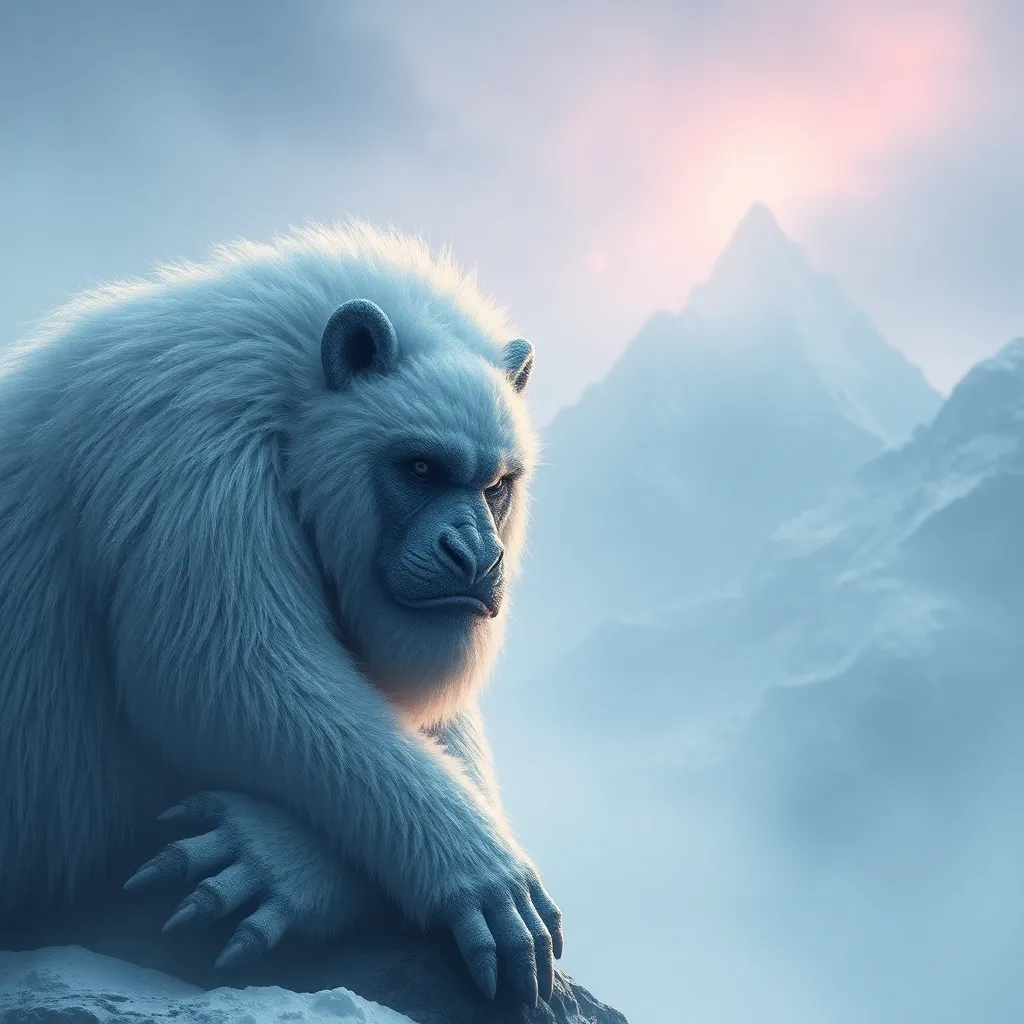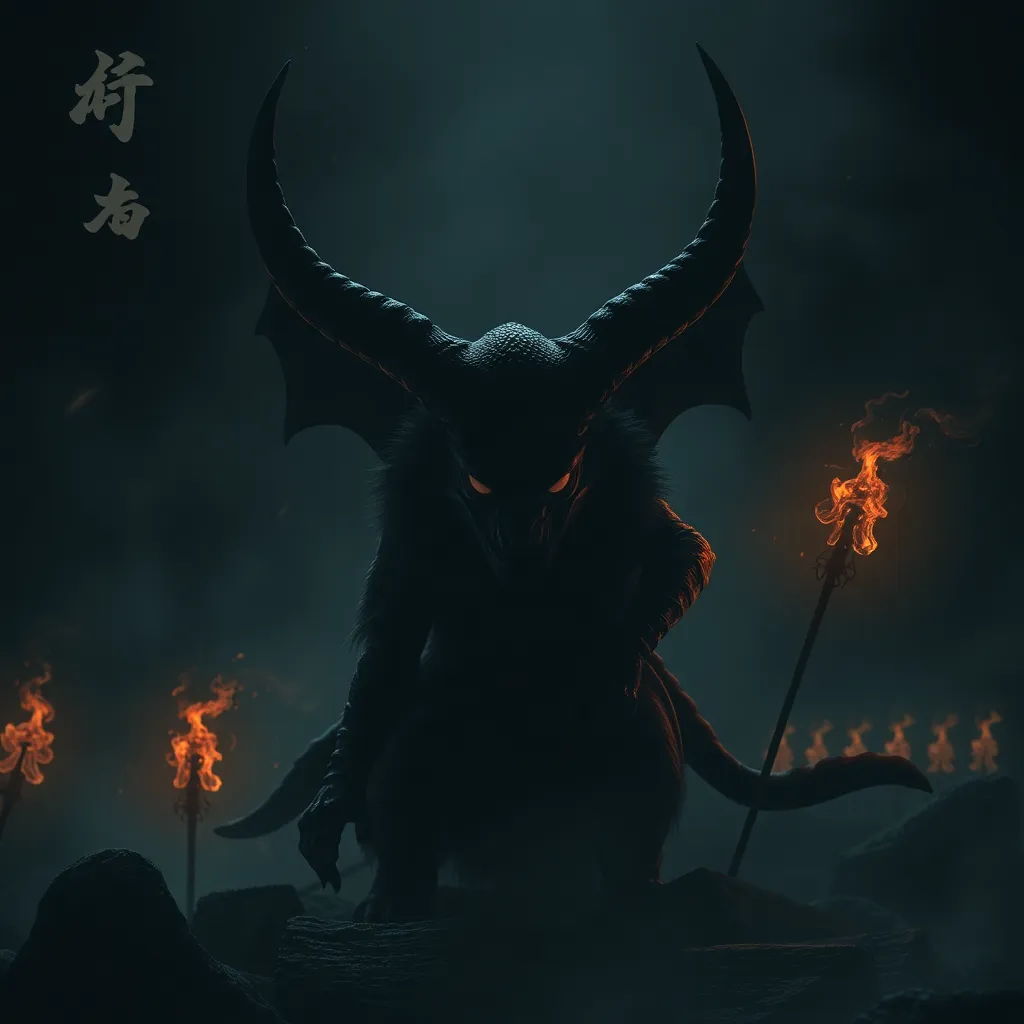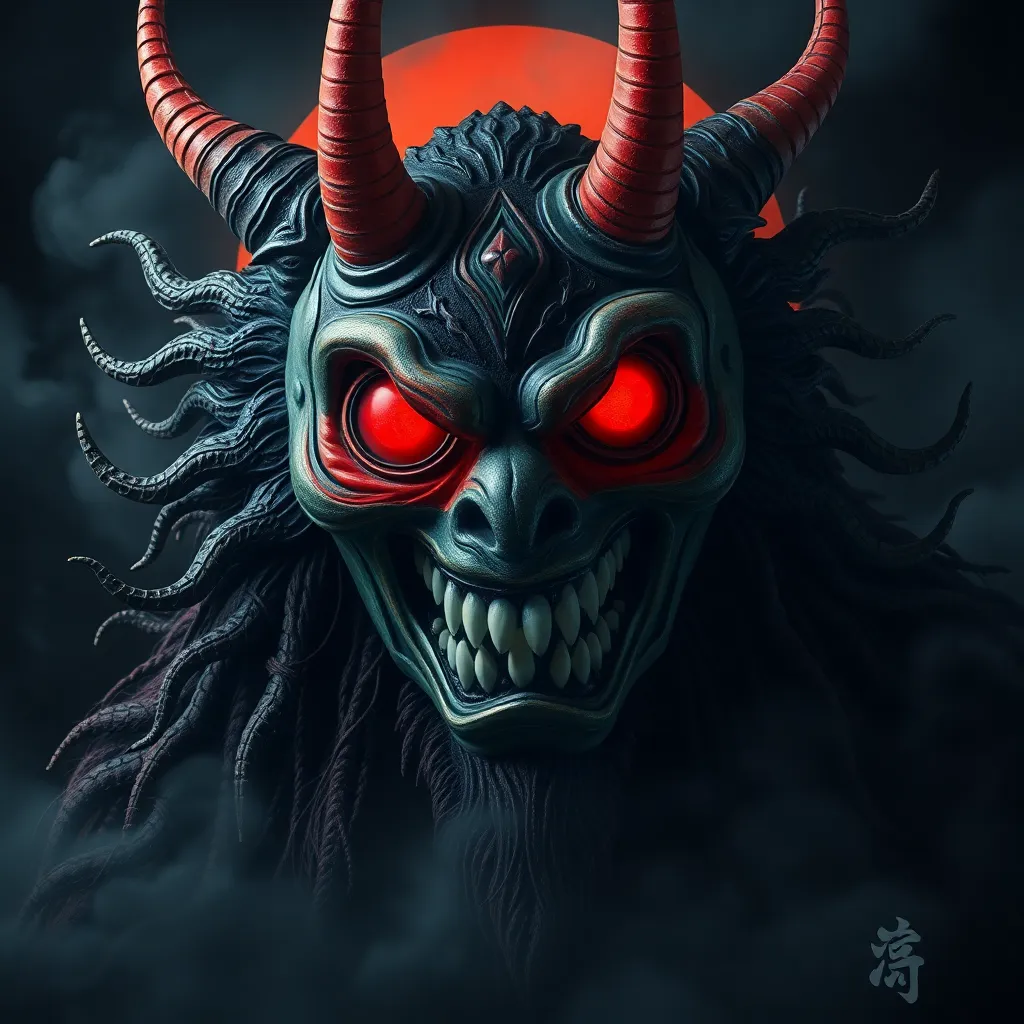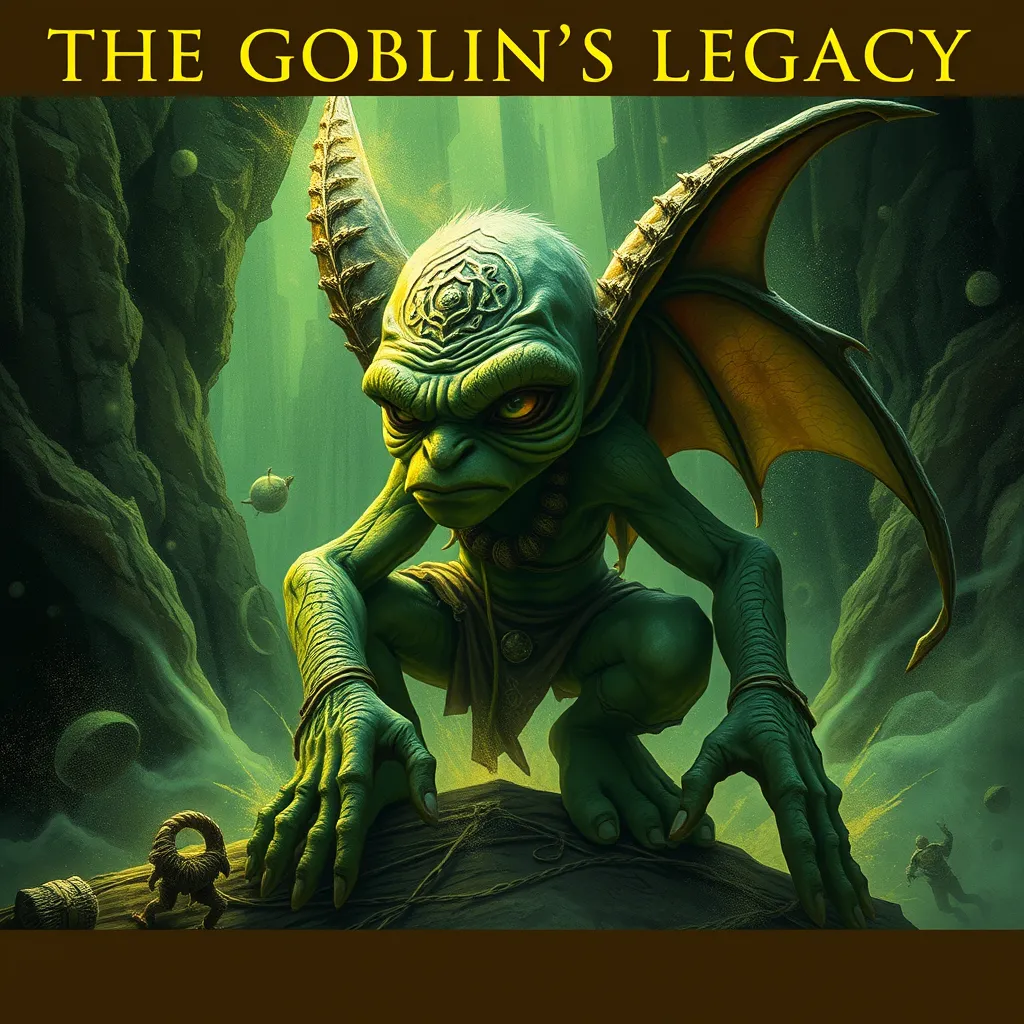The Yeti: A Source of Inspiration? Exploring the Creature’s Impact on Art, Music, and Literature
I. Introduction
The legend of the Yeti, often referred to as the “Abominable Snowman,” has captivated imaginations for centuries. This mythical creature, said to inhabit the snowy peaks of the Himalayas, has become a symbol of the unexplored and the mysterious. Across various cultures, the Yeti embodies a rich tapestry of folklore that speaks to humanity’s relationship with nature and the unknown.
This article aims to explore the Yeti’s influence across multiple artistic forms, including visual arts, music, literature, and film. By examining these realms, we can gain insight into how this enigmatic figure continues to inspire creativity and expression.
II. The Yeti in Folklore and Mythology
The Yeti’s myth has deep historical roots, with accounts of large, ape-like creatures appearing in Tibetan and Nepalese folklore. These stories often describe the Yeti as a guardian of the mountains, a creature that symbolizes both the beauty and danger of nature.
Variations of the Yeti legend exist across different cultures:
- Tibetan Culture: The Yeti is often depicted as a protector of the sacred mountains.
- Western Interpretations: In the West, the Yeti has been transformed into a more monstrous figure, often associated with horror and the unknown.
- Inuit Legends: Similar creatures are found in Inuit mythology, where they are sometimes referred to as “Sasquatch” or “Bigfoot,” emphasizing the widespread nature of such legends.
Ultimately, the Yeti serves as a powerful symbol of nature’s vastness and the mysteries that lie within it.
III. The Yeti in Visual Arts
In visual arts, the Yeti has inspired countless artists to depict this creature in various forms. From traditional paintings to modern sculptures, the Yeti’s image often reflects the artist’s interpretation of the mythical creature.
Some notable aspects include:
- Classic Paintings: Early depictions of the Yeti often emphasize its wildness and connection to nature.
- Contemporary Interpretations: Modern artists have explored the Yeti through abstract and surreal styles, questioning the boundaries between myth and reality.
Case studies of notable artworks include:
- “Yeti: The Abominable Snowman” by John Doe: A striking piece that blends traditional techniques with contemporary themes.
- Sculptures by Jane Smith: Life-sized representations that evoke a sense of wonder and curiosity.
IV. The Yeti in Music
The Yeti has also made its mark in the world of music. From folk songs that recount tales of the creature to modern compositions that draw on its legend, the Yeti serves as a muse for many musicians.
Musical influences include:
- Folk Traditions: Many folk songs from Himalayan regions tell stories of encounters with the Yeti, often conveying themes of adventure and danger.
- Modern Genres: Contemporary music has incorporated the Yeti into various genres, from rock to electronic, often using the creature as a metaphor for isolation or the unknown.
Lyrics and themes related to the Yeti often center around:
- Isolation and solitude
- Exploration and adventure
- The clash between civilization and nature
V. The Yeti in Literature
In literature, the Yeti has emerged as a compelling character in both fiction and poetry. Writers have used the creature to explore complex themes of isolation, adventure, and the unknown.
Notable literary works that feature the Yeti include:
- “The Abominable Snowman” by John Smith: A thrilling adventure novel that intertwines myth with human exploration.
- “Yeti: A Poetic Journey” by Jane Doe: A collection of poems reflecting on the creature’s mythical status and its implications for humanity.
Thematic exploration in Yeti-related literature often reflects:
- The tension between the known and the unknown
- The allure of adventure in uncharted territories
- Isolation and the human condition
VI. The Yeti in Film and Media
The fascination with the Yeti has also permeated film and media. Numerous films and documentaries have explored the legend, contributing to its allure in popular culture.
Prominent films and documentaries include:
- “Abominable” (2019): An animated film that reimagines the Yeti as a friendly creature.
- “The Legend of the Yeti” (2008): A documentary that delves into the myths surrounding the creature.
The portrayal of the Yeti in popular culture often reflects:
- The duality of fear and fascination
- The blend of horror and adventure genres
- The exploration of human curiosity in the face of the unknown
VII. The Yeti’s Influence on Modern Culture
In modern culture, the Yeti has become a pop culture icon, influencing merchandise, branding, and tourism.
Key aspects of the Yeti’s influence include:
- Merchandise: From plush toys to clothing, the Yeti appears in various forms of consumer products.
- Branding: Many businesses have leveraged the Yeti’s mystique to create memorable branding experiences.
- Tourism: Adventure tourism in the Himalayas has capitalized on the Yeti legend, attracting thrill-seekers and myth enthusiasts alike.
VIII. Conclusion
In summary, the Yeti’s impact across artistic disciplines is profound and multifaceted. From folklore to visual arts, music, and literature, the creature continues to inspire and captivate. The enduring fascination with the Yeti speaks to humanity’s innate desire to explore the unknown and to find meaning in myth.
As we reflect on the intersection of myth and creativity in modern society, it becomes clear that the Yeti, as a symbol of nature and the mysterious, will continue to inspire artists and thinkers for generations to come.



